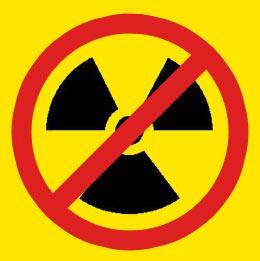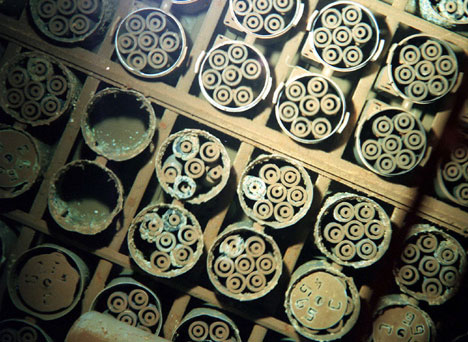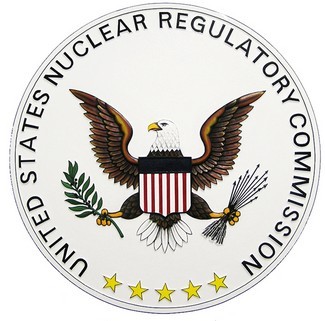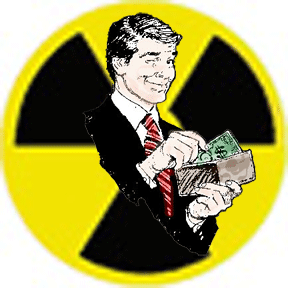From the days of the Hudson Bay Company, the indigenous peoples in what became the country of Canada have been move off ancestral lands, exploited for their resources, their cultures deliberately destroyed and their health, well-being and environments undermined.
Deline is a small village of Dene people on the shore of Great Bear Lake in the North West Territories. Radium was mined on the shore of the lake from 1934 to 1939 and a uranium mine was opened in 1943 that operated until 1962. Most of the workers in the mine were men from the Dene tribe who carried bags of radioactive uranium ore up out of the mine. Radioactive tailings from the mining operation were dumped directly into the lake and were also used as landfill without regard to the health of the Dene or impact on the environment.
The uranium mine was opened under emergency War regulation which make retroactive compensation and mitigation very difficult to achieve in court. The mine was operated by a Canadian Crown corporation and the refined uranium was exported to the United States for the Manhattan Project. Once again, the miners were given no warnings about the dangers of handling these toxic radioactive ores so they took no precautions with respect to their water and food.
In 1975, young miners from Deline were recruited to work on a government training program. They were not given gas masks to protect them from the threat of radon gas exposure. In 1997, ten young men from Deline were recruited to help clean up some hot spots of radioactive soil in Sawmill Bay, a community in the area. They were not told of the dangers of the work but what they have learned since has them fearing serious contamination of land, water and animals in their area which threaten their health and survival.
Deline is known as the “village of widows” because most of the men who worked as laborers in the mines have died of some form of cancer. The women were left to raise their children without their husbands and fathers to bring support the families. This has resulted in them becoming dependent on welfare. The children are raised without access to the wisdom and traditional knowledge of their missing male elders. This is destroying their ability to understand and continue their ancestral ways.
In 1998, the Dene First Nation went to the Canadian government with a demand for compensation and mitigation. After a five-year study, the government concluded that there was insufficient evidence that the radioactivity from the mine was responsible for the high level of cancer deaths in the village. In other similar situations with uranium mines on indigenous peoples lands, there is evidence that economic considerations have been influencing government denials of health and environmental dangers of uranium mine in spite of mounting scientific validation of such dangers.
This is not just a historical question of redressing old injuries to indigenous peoples in Canada. There are plans to expand uranium mining on tribal lands.






